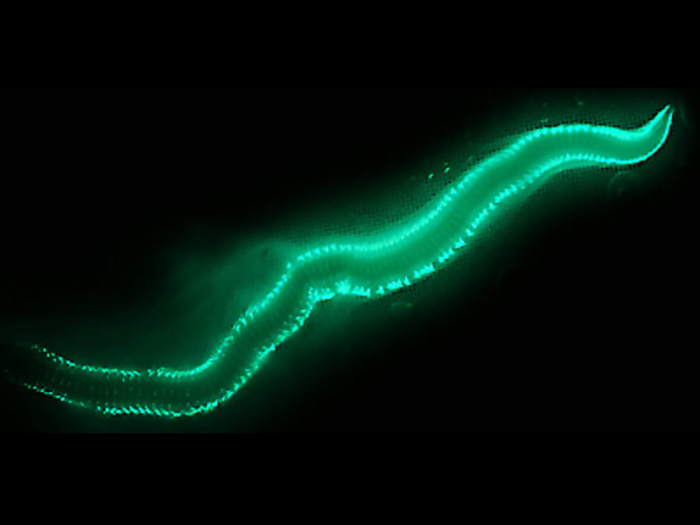According to the science journal PLOS ONE, scientists from the American Museum of Natural History (AMoNH) in New York have made a brilliant discovery. Brilliant as in glowing, that is.
The Bermuda fireworm, or glowworm, has long been a thrilling sight for people in Bermuda and other parts of the Caribbean. In summer and autumn, after sunset on the third night after a full moon, these wiggling creatures swim up from the bottom of the sea to mate near the surface.
As a part of this event, the worms glow a luminous green. Along with their wild, darting motions through the water, it's a pretty amazing show! Even this not-so-great video proves that point...
They love luciferase
Anytime that we encounter something like this in nature, the question is obvious. How? How do they do that?
For a while, some scientists believed that this was due to a photoprotein. That's a pretty good guess. It's what makes the glow go in other bioluminescent (living and glowing) marine animals, such as some jellies. But not so, says Mark Siddall of the AM0NH. The key to this radiant feature is an enzyme called luciferase (say LOO-sih-fur-rayz).
The Bermuda fireworm's glow is similar to that of a firefly, but its has its own type of the enzyme luciferase. (Getty Embed)
Now, if you're a bioluminescent super fan, you might already know that luciferase is a key enzyme in the glow of several animals and even plants. But hold on there, smartypants. Even top scientists are amazed by what they're seeing in the Bermuda fireworm. This particular type of luciferase couldn't be found in any of their research databases. So while it's similar to what is found in a firefly, for example, it's not identical.
Eyes wide
In addition, the researchers also discovered that around the mating period, the worms 'eyes' grow in size. This is so they will be even more sensitive to the glowing of their fellow worms, which increases the chances of producing more baby worms. So ... pretty cute and gross at the same time?
You glow, worms!
 Bright and beautiful, but no longer a mystery. (Dr. James B. Wood)
Bright and beautiful, but no longer a mystery. (Dr. James B. Wood)









